The Naughty List
These are the people and movements responsible for the loss of humanity’s cultural heritage. Through war, ideology, greed, or neglect, they have destroyed paintings, monuments, and artifacts that can never be replaced. Their actions erase history, silence creativity, and damage the collective memory of civilization.

ISIS
The Islamic State carried out one of the most devastating campaigns of cultural destruction in modern history. They systematically demolished ancient cities, temples, and museums across Iraq and Syria, including the 2,000-year-old ruins of Palmyra, the Mosul Museum, and the Temple of Bel. Priceless statues were smashed on camera, manuscripts burned, and artifacts looted to fund terrorism. Their motives were both ideological and strategic: to erase pre-Islamic history they considered “idolatrous” and to profit from the illegal antiquities trade that financed their war. It was an assault not only on art and culture but on humanity’s shared memory.
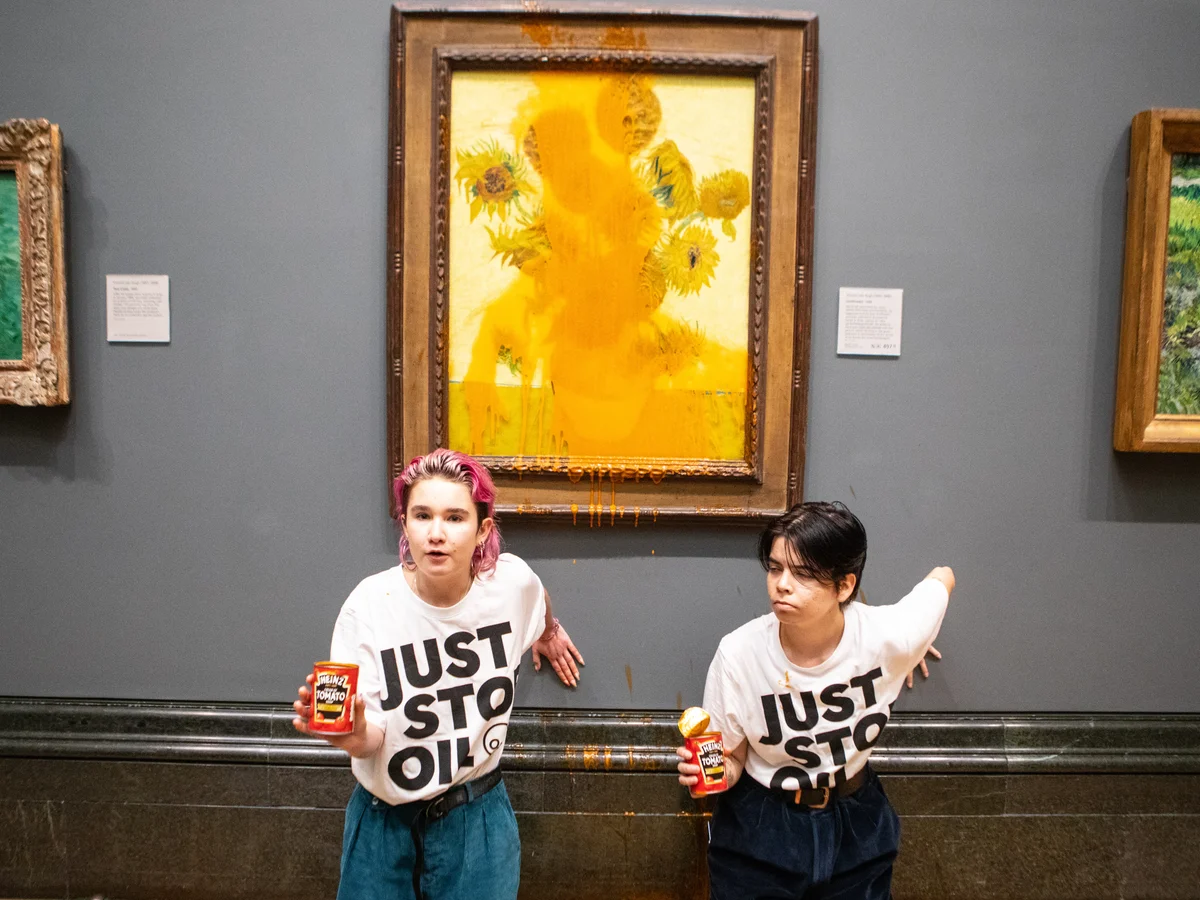
Just Stop Oil
A British activist group responsible for several attacks on artworks and monuments. Members threw tomato soup at Van Gogh’s Sunflowers in London’s National Gallery, glued themselves to Constable’s The Hay Wain, defaced a copy of The Last Supper, and sprayed orange paint across Stonehenge. Their actions damaged frames and heritage sites, disrupting museums and endangering irreplaceable cultural works. Claiming to fight climate change, they instead inflicted damage on cultural heritage and disrespected institutions dedicated to human creativity and history, proving they are only motivated by their need for attention.

Taliban
The Taliban’s campaign against art and history culminated in the 2001 destruction of the Buddhas of Bamiyan, two monumental statues carved into the cliffs nearly 1,500 years ago. They also vandalized museums, looted artifacts, and outlawed artistic and musical expression across Afghanistan. Their actions erased a vast part of the country’s cultural identity and sent shockwaves through the global heritage community.
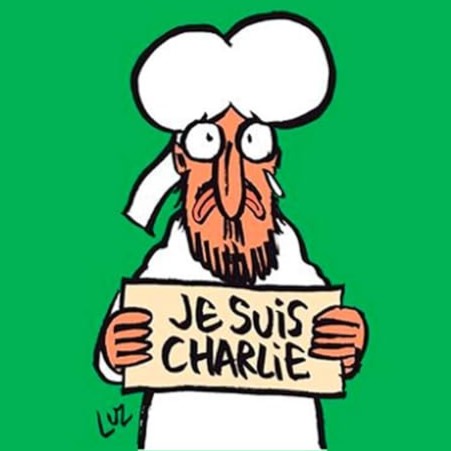
Saïd and Chérif Kouachi
In January 2015, two Islamist gunmen, Saïd and Chérif Kouachi, stormed the offices of the French satirical magazine Charlie Hebdo in Paris. Armed with assault rifles, they murdered 12 people, including renowned cartoonists Cabu, Charb, Tignous, and Wolinski, in retaliation for the magazine’s publication of caricatures depicting the Prophet Muhammad. Their attack was an assault not only on human life but on freedom of expression and the right of artists to challenge, provoke, and create without fear. They did not realize that not only did they fail to stop us through fear, but that by trying to silence creativity and humor, they made the depictions of Muhammad even more widespread. Comedy will never fade away.
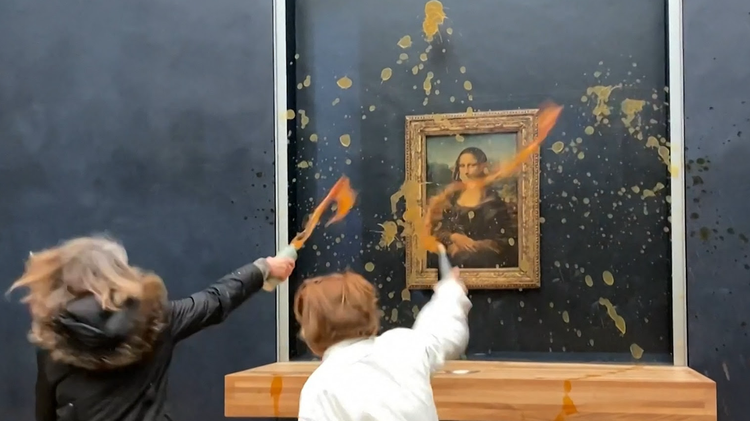
Riposte Alimentaire
A French activist group known for attacking works of art to draw attention to their spoiled unemployed behavior. Members threw soup at the Mona Lisa (luckily they were too dumb to know there was a protective glass), glued an adhesive poster onto Monet’s Coquelicots at the Musée d’Orsay, and scattered orange powder through the Hall of Mirrors at Versailles. Their actions caused damage to frames and protective surfaces and led to multiple arrests.

Emmanuel Abayisenga
A Rwandan asylum seeker who, in 2020, deliberately set fire to the Cathedral of Saint-Pierre-et-Saint-Paul in Nantes, a centuries-old Gothic landmark. The blaze destroyed the cathedral’s 17th-century grand organ, stained-glass windows that had survived World War II, and several priceless artworks. Released under judicial supervision, Abayisenga later murdered Father Olivier Maire, the priest who had offered him shelter and support. His actions were seen not only as an act of true evil, but also as a devastating blow to France’s cultural and spiritual heritage.
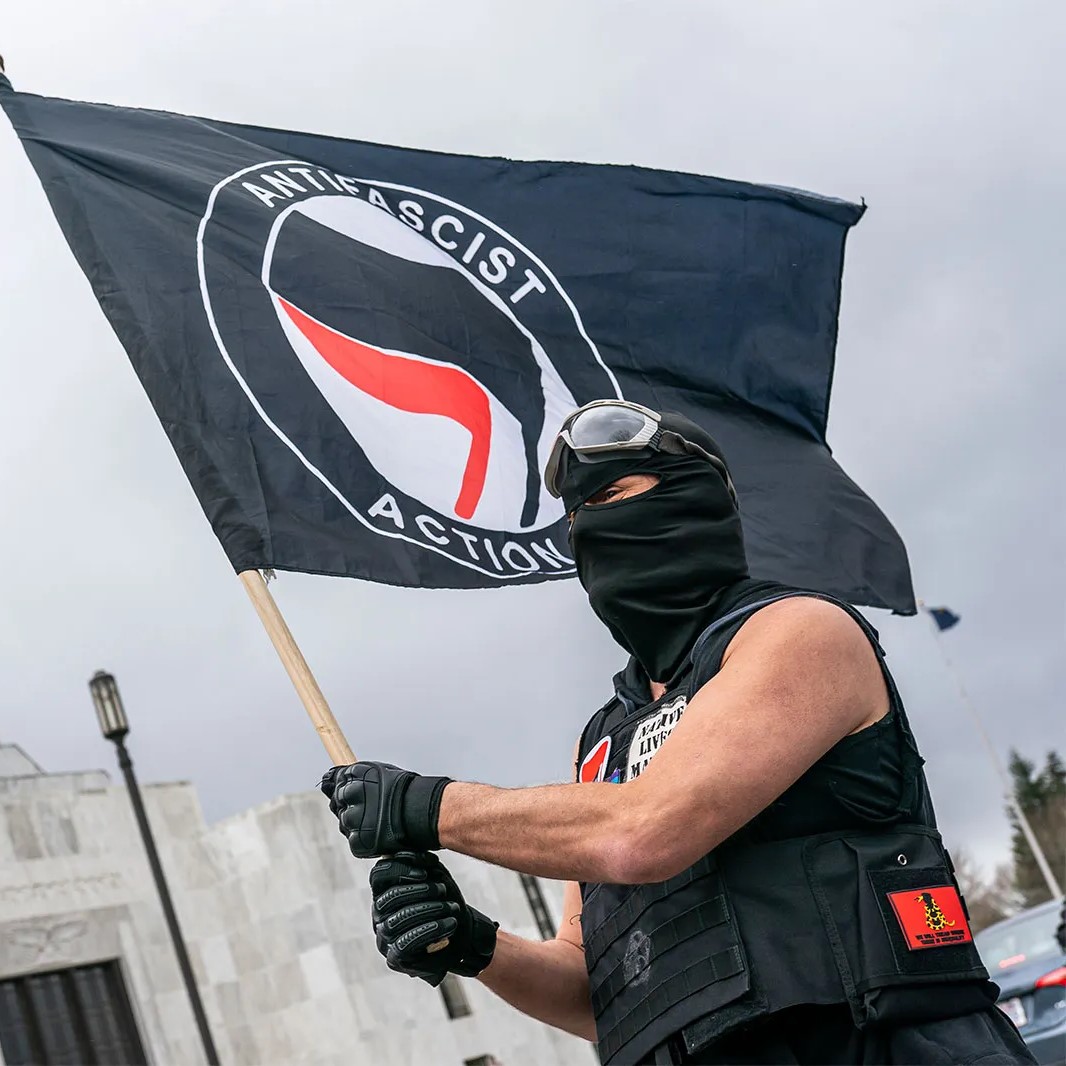
Antifa
Antifa is a terrorist group that have repeatedly destroyed or defaced statues and monuments across the U.S. and Europe. They have toppled historical sculptures, spray-painted memorials, and vandalized public art during riots and demonstrations. Many of the damaged works included war memorials, historic figures, and cultural landmarks. These acts are carried out under the banner of political protest but they result in the deliberate destruction of art and history.

Václav Pisvejc
A Czech national known for repeated and deliberate attacks on public art across Europe. He gained notoriety after destroying Ai Weiwei’s Porcelain Cube at an exhibition in Bologna and vandalizing sculptures in Florence, including the Hercules and Cacus statue near Palazzo Vecchio. Pisvejc has a long history of targeting artworks and monuments. His actions have caused lasting damage to valuable pieces and exposed vulnerabilities in the protection of public art. His motive is to gain popularity for his paintings by destroying the works of others, and to prove that evil is not capable of creating: his paintings are quite shit.

Last Generation
Active across Europe under names like Ultima Generazione and Letzte Generation, this climate activist network has repeatedly attacked artworks and monuments. In Italy, members poured black dye into the Trevi Fountain, glued themselves to the base of Laocoön and His Sons in the Vatican Museums, and defaced other statues and paintings. In Germany, they threw food at masterpieces such as Monet’s Les Meules and damaged museum property. Their actions have stained monuments, damaged frames and plinths, and forced emergency interventions in some of Europe’s most important cultural sites, and resulted in arrests.

Hans-Joachim Bohlmann
A German art vandal responsible for one of the worst individual rampages against art in history. Between 1977 and 2006, he attacked over 50 masterpieces in museums across Europe, including works by Rubens, Rembrandt, and Dürer, often dousing them with acid or paint thinner. His actions caused damage worth millions and left conservators struggling for decades to repair what he destroyed. Driven by obsession and mental instability, Bohlmann left behind a legacy of senseless destruction and irreversible loss.
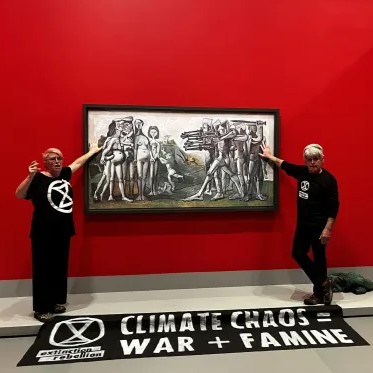
Extinction Rebellion
An environmental protest movement founded in the U.K., Extinction Rebellion has staged numerous disruptions in museums and galleries across Europe. Activists have glued themselves to paintings, covered display cases with stickers and slogans, and chained themselves to exhibition spaces. In London’s National Gallery, members glued their hands to John Constable’s The Hay Wain in a protest that damaged the frame and protective surface. Similar actions have targeted institutions in Madrid, Melbourne, and The Hague, turning spaces meant to protect art into scenes of deliberate vandalism.
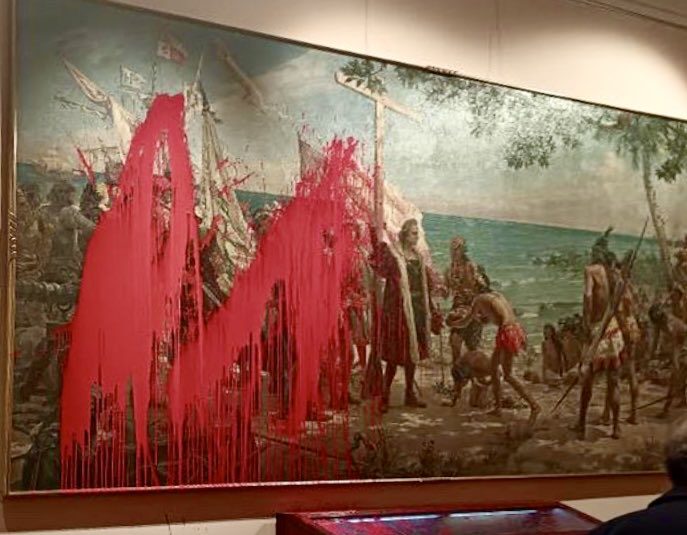
Futuro Vegetal
A Spanish environmental activist group responsible for multiple attacks on art and historical sites. On October 2025, two members threw red paint over Primer homenaje a Cristóbal Colón (1892) by José Garnelo at Madrid’s Naval Museum, damaging the left side of the painting (they were so stupid that they missed Christopher Columbus, who was their target, but they still ruined the painting.) and leading to arrests under heritage protection laws. They also threw colored powder onto the façade of the Sagrada Familia in Barcelona as a protest against ineffective government responses to wildfires. The group’s actions led to costly restoration work and sparked heated debate about how cultural heritage should be protected.
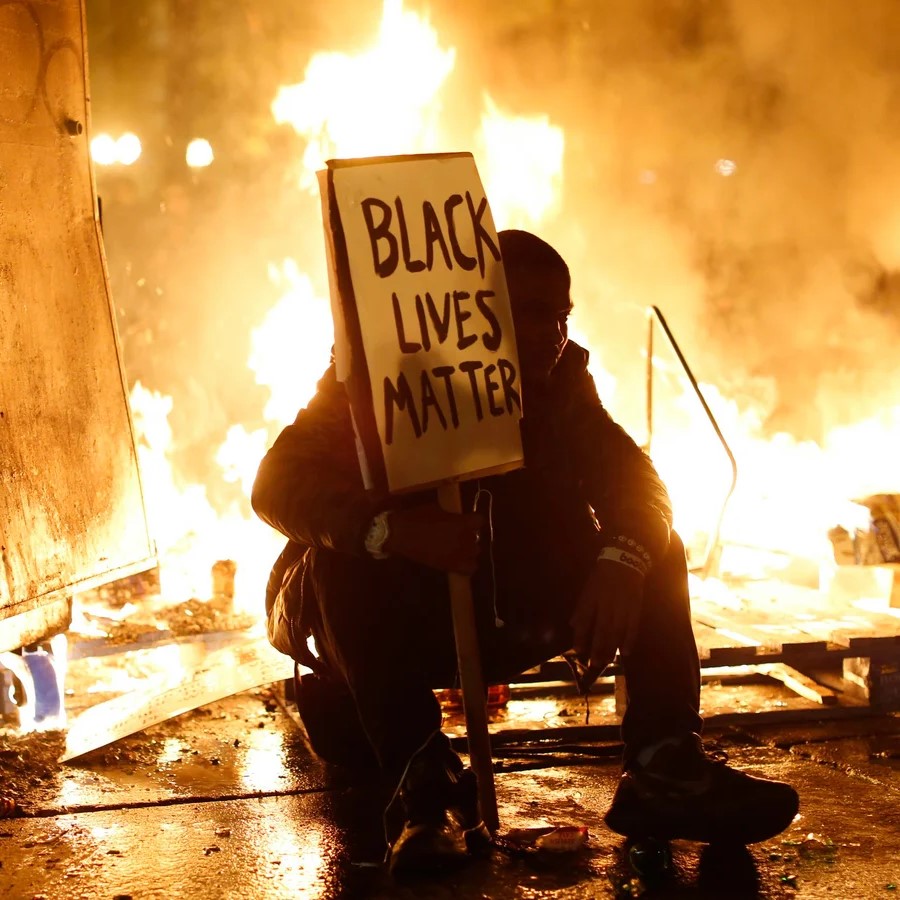
Black Lives Matter
In 2020, protesters associated with Black Lives Matter tore down and defaced numerous statues across the U.S. and Europe. In Bristol, England, they toppled the statue of Edward Colston and dumped it into the harbor. In Madison, Wisconsin, they destroyed the statue of Hans Christian Heg (an abolitionist who died fighting slavery) beheading it and throwing it into a lake. Across many cities, monuments, memorials, and works of art were vandalized or destroyed under the guise of protest. They also engaged in widespread property damage, with businesses and public buildings vandalized, burned and looted during the unrest.

Ansar Dine
This Islamist group brutally destroyed centuries-old mausoleums and religious monuments in Timbuktu, Mali. Using pickaxes and hammers, they demolished tombs of Sufi saints, smashed the sacred door of the Sidi Yahya mosque, and vandalized cultural sites that were protected as UNESCO World Heritage. Their campaign wiped out dozens of ancient structures, erasing artifacts of deep spiritual and historical value.

László Tóth
In 1972, László Tóth attacked Michelangelo’s Pietà inside St. Peter’s Basilica with a hammer, striking it more than a dozen times while shouting that he was “Jesus Christ risen from the dead.” The blows shattered Mary’s nose, arm, and eyelid, leaving the Renaissance masterpiece in pieces before onlookers subdued him. The sculpture was painstakingly restored, but the scars of his delusion-driven assault remain one of the most infamous acts of art vandalism in history.

Brian Hernandez
In 2022, Brian Hernandez broke into the Dallas Museum of Art at night and went on a destructive rampage, smashing ancient Greek artifacts, contemporary sculptures, and display cases worth over $5 million. He later told police he acted out of anger toward his girlfriend. The attack left priceless works shattered beyond repair, showing how a single moment of rage can inflict irreversible damage on centuries of artistic heritage.
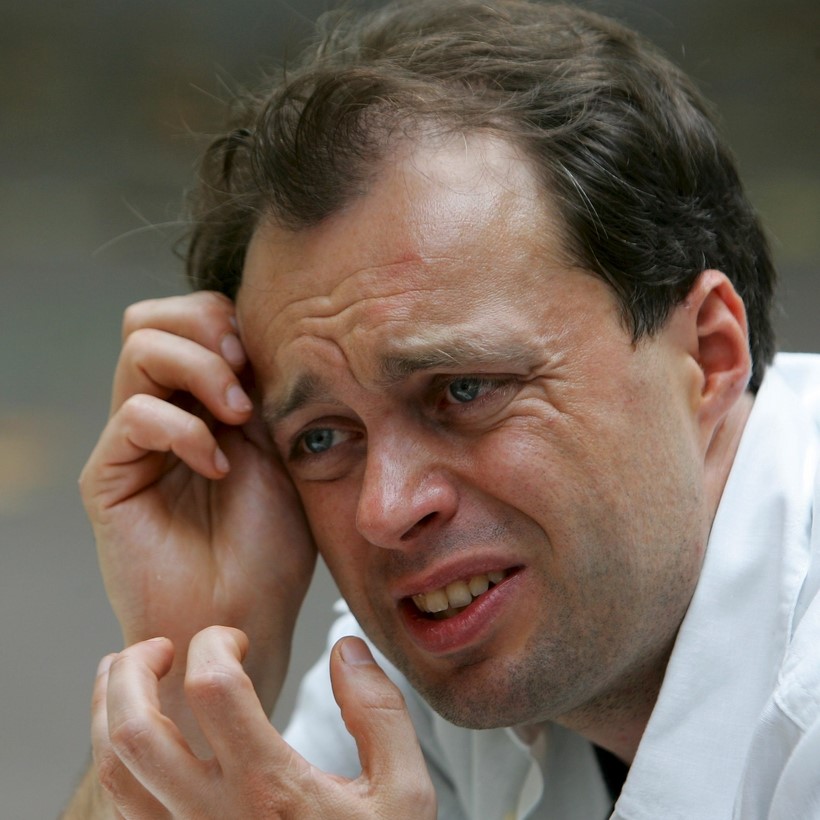
Stéphane Breitwieser
A French art thief responsible for one of the largest individual art heists in history. Between 1995 and 2001, he stole more than 230 artworks from over 170 museums across Europe, motivated not by profit but by obsession. When he was finally caught, his mother destroyed or disposed of many of the stolen pieces to hide evidence, including priceless 17th-century paintings and antiques. His actions led to the irreversible loss of hundreds of cultural treasures.

Włodzimierz Umaniec
In 2012, Polish national Włodzimierz Umaniec vandalized Mark Rothko’s painting Black on Maroon at the Tate Modern in London, writing “A POTENTIAL PIECE OF YELLOWISM” across it in black ink. He claimed it was a form of artistic expression tied to his own invented movement, “Yellowism.” The attack caused £200,000 in restoration costs and permanently scarred one of Rothko’s most iconic works, an act widely condemned as arrogant and senseless. And again, a proof that “Evil is not able to create anything new, it can only distort and destroy what has been invented or made by the forces of good.”
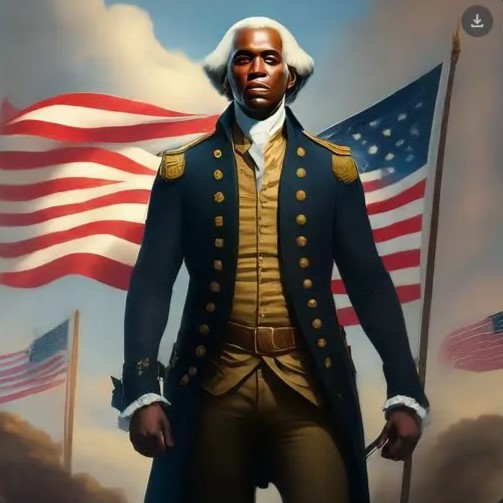
Google Gemini AI
Programmed to artificially generate ethnically diverse depictions of historically white figures (e.g., Vikings, Roman soldiers, or U.S. Founding Fathers) in order to rewrite the culture and history of white people.